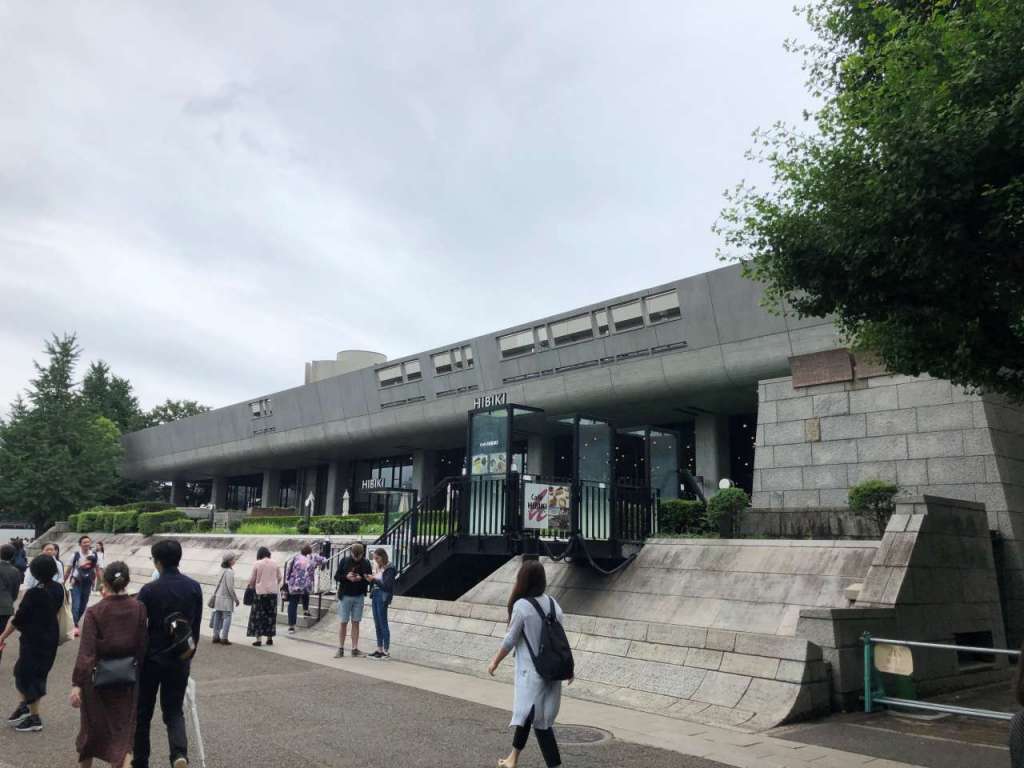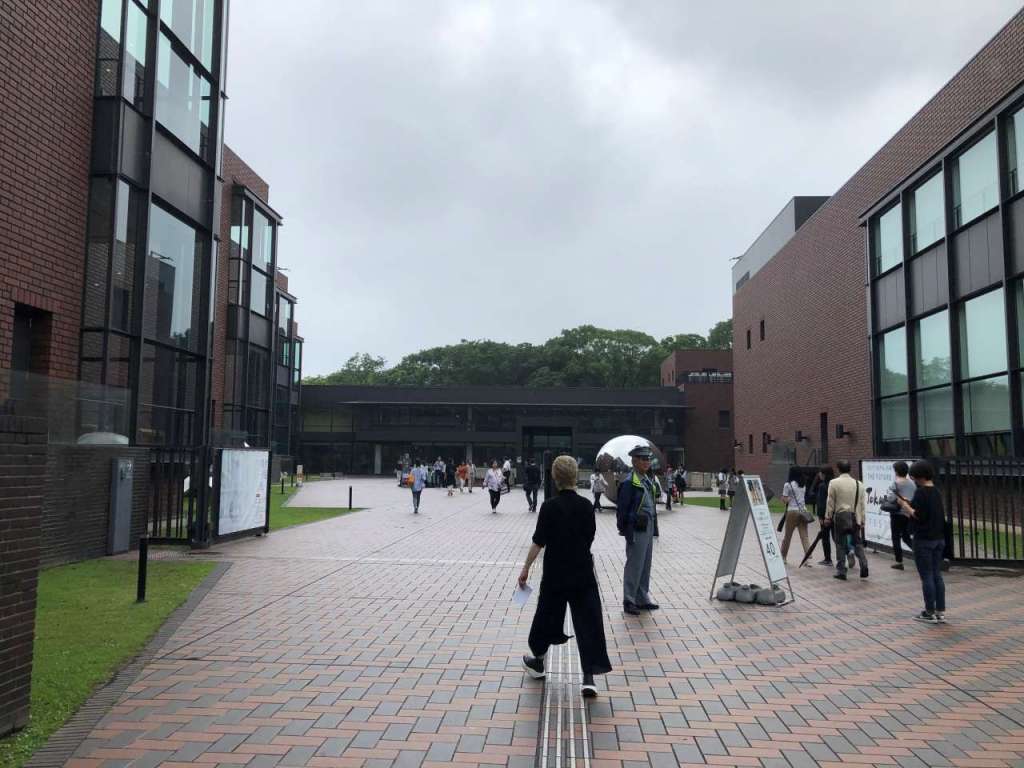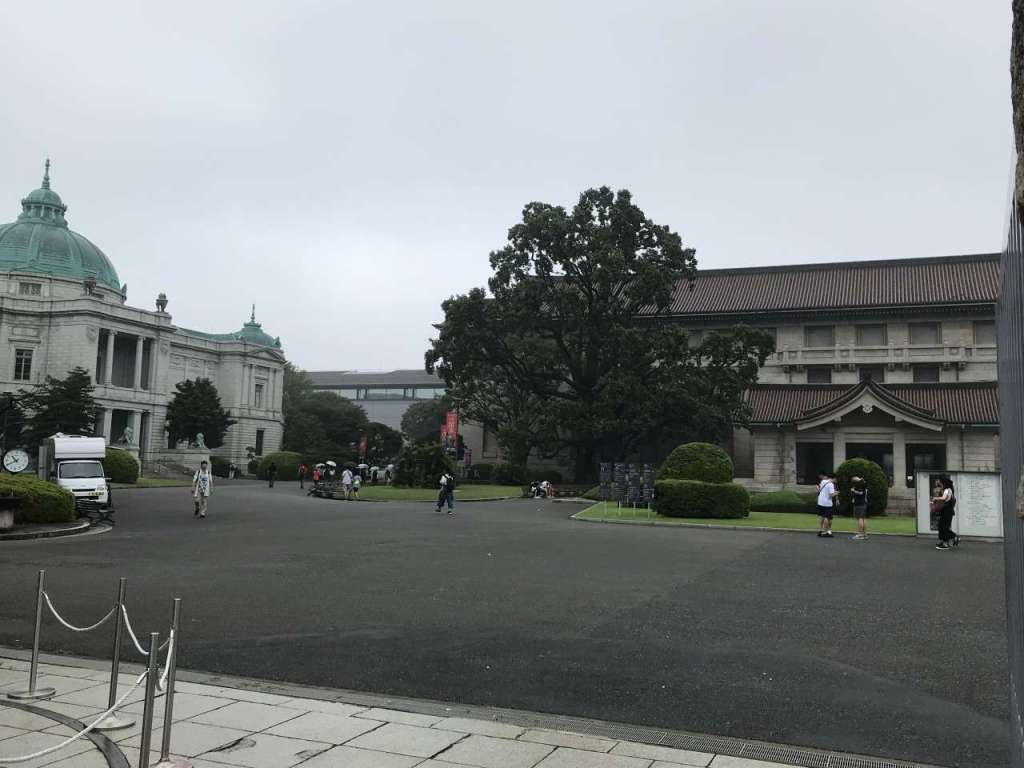“Tokyo Review 039″ Ueno area-2
Why so many Cultural facilities in the “Ueno Hill”?
What would be the first things that come to your mind about Ueno? It might be the cherry blossom viewing in Ueno Park, the statue of Takamori Saigo, Shinobazu Pond, or the night train to and from Ueno? When Tokyo Metropolitan Government added several subcenters in 1982, “Ueno / Asakusa subcenter” was also designated, but I have got somewhat curious feeling that it has a unique atmosphere a bit different from the city center and other subcenters. Indeed, the concourse of Ueno Station has an atmosphere like some station in European cities, a terminal for long-distance trains.
The highest altitude of “Ueno Hill” is 24.5m, and it was called “Shinobu-ga-oka (=clandestine meeting Hill)” until the Edo period. However, it apparently was named “Ueno (=upper field)” in contrast with “Shitaya (=lower valley)”. The Ueno Plateau is one of the plateaus that diverges from the Musashino Plateau in the shape of fingers. However, in the Edo period, Kan’ei-ji temple was constructed to protect the direction of the demon gate and watched over the city of Edo. Along with Asakusa, it was a recreational area for Edo townspeople.
Now, in this “Ueno Hill”, there are the National Museum of Western Art, Tokyo National Museum, National Science Museum, Tokyo Bunka Kaikan, Tokyo Metropolitan Art Museum, Tokyo University of the Arts, and many other cultural and educational facilities.
Among these, the Tokyo Bunka Kaikan completed in 1961 and the Tokyo Metropolitan Art Museum (new building) completed in 1975 were designed by Kunio Maekawa, a master of modern architecture in Japan who had studied under Le Corbusier in Paris. His works are making good contrast with the Tokyo National Museum completed in 1937, designed by Hitoshi Watanabe in a manner which is called the “Emperor Crown Style”. The requirements of design competition for this Tokyo National Museum seemed to reflect the situation of Japan at that time such as “to be an oriental style based on Japanese taste” and “to have a sloped roof”. There is an anecdote about this. Kunio Maekawa returned from Paris after the competition, and completely ignored the condition of the competition and published a design proposal in a magazine which is reminiscent of Le Corbusier, getting high reputation.
The Hyokeikan, completed in 1909 in the museum site, is a neo-baroque building designed by Tokuma Katayama who studied under British architect Josiah Condor. There are graceful domes on the center and both ends. There are few chances to enter it except some special exhibition, but it is surly worth observing. In addition, there is the Horyuji Treasure Hall designed by Yoshio Taniguchi, and the international children’s library (former Imperial Library) renewed by Tadao Ando and Nikken Sekkei, all of which are cultural facilities irresistible for architecture lovers.
There is no other example in the world where so many cultural facilities are gathered in one park. What is the reason or the background? In fact, Kan’ei-ji Temple is the key point, and I will explain it in the next issue.


